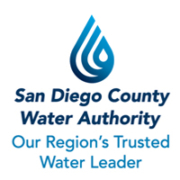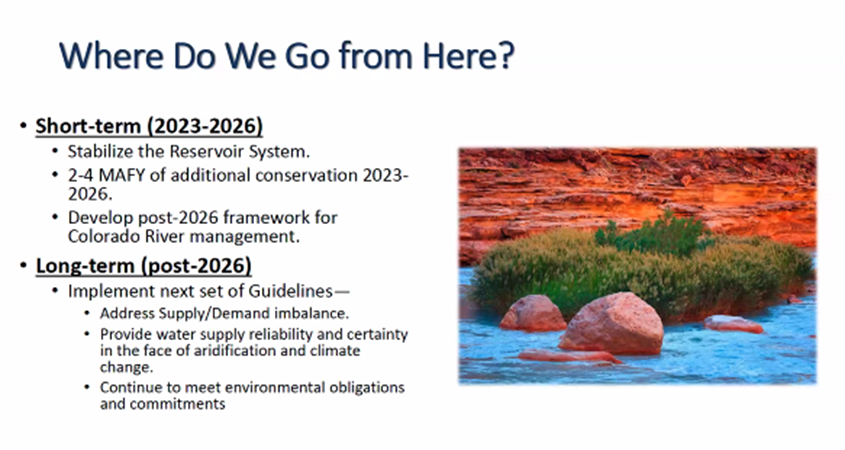Free “Drought-Proof Your Garden” Webinars with Waterwise Garden Guru
The San Diego County Water Authority and waterwise garden guru Nan Sterman have teamed up to offer a series of free public webinars designed to help San Diego County residents care for their gardens during a fourth straight year of severe drought.
Starting at 7 p.m. on Nov. 2, Sterman will host periodic webinars during the fall and winter called “How to Drought-Proof Your Garden.” Registration is required and the next webinar is scheduled on Nov. 21.
The events include a short update on drought conditions, followed by survival strategies for landscapes and a question-and-answer session. The presentation focuses on how to use water wisely in landscapes, how to care for plants during drought, and how to create beautiful gardens that require little – if any – irrigation.
In addition, residents can follow Sterman and the Water Authority on social media for information about future webinars, which are scheduled for every few weeks through February, along with tips and resources for WaterSmart living.
“These webinars offer great opportunities for anyone who wants to maintain a beautiful and functional landscape that uses less water,” said Sandra L. Kerl, general manager of the San Diego County Water Authority. “In addition, we offer numerous resources and rebates to foster low-water lifestyles that will sustain our economy and quality of life for generations.”
About half of water used in homes is typically used outdoors, that makes landscape the biggest opportunity to reduce water use.
Waterwise Garden Guru Nan Sterman
Sterman is a garden designer, author, botanist, and award-winning garden communicator who specializes in waterwise, sustainable and edible plants and gardens. She has written several books and numerous articles on gardening and teaches classes on gardening and WaterSmart landscaping. As a California native, she’s attuned to the seasons, soils, plants, and waterwise practices.
“I’m pleased to partner with the Water Authority to help residents learn to save water and money, while creating beautiful, flower-filled gardens that benefit the environment in many different ways,” said Sterman.
Extreme drought conditions
San Diegans have reduced their per capita water use by more than 40% over the past three decades, but extreme drought conditions underscore the need to continue to improve water-use efficiency, while maintaining the regional economy and quality of life.
There are many incentives for reducing the amount of water used in landscapes. For instance, homeowners and businesses in San Diego County can receive between $2 and $4 per square foot to remove turf and replace it with low water-use plants suited to the hot and dry conditions that are common in our region. All customers are eligible for the base rebate of $2 per square foot; some agencies offer additional funding, including the City of San Diego and the County of San Diego.
Rebates, classes and incentives available to all residents and businesses in San Diego County are at: www.sdcwa.org/your-water/conservation/.







